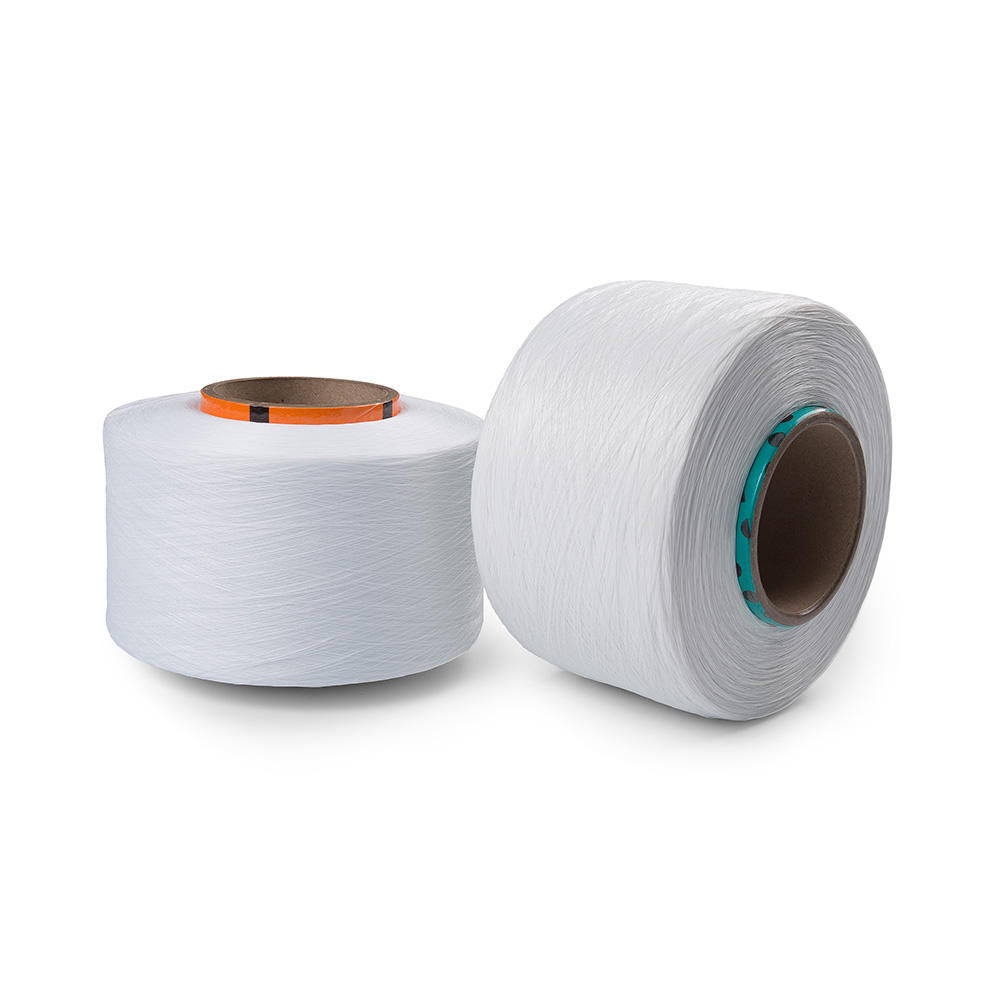If you are interested in some of our products, please feel free to visit our website or contact us for detailed information.

Spandex yarn maintains its elasticity over time and repeated use due to its unique molecular structure and the way it is manufactured. Spandex, also known as elastane or Lycra, is a synthetic fiber made of long-chain polymers composed of at least 85% of segmented polyurethane. Here's how Spandex maintains its elasticity:
1. Highly Elastic Polymer Chains:
Spandex yarn possesses a remarkable elasticity owing to the unique arrangement of its polymer chains. These chains are inherently flexible due to their specific molecular structure. The molecular configuration allows Spandex to stretch significantly, accommodating various body movements and garment shapes without losing its original form. This natural elasticity is a fundamental characteristic of Spandex, making it an indispensable component in stretchable textiles.
2. Segmented Structure:
The molecular structure of Spandex features alternating rigid and flexible segments. The rigid segments provide stability and prevent permanent deformation, ensuring the fiber retains its strength. Simultaneously, the flexible segments allow the fiber to stretch and contract repeatedly. This segmented arrangement enables Spandex to undergo substantial elongation while reverting to its original state after the stretching force is removed.
3. Stretch and Recovery Mechanism:
Spandex exhibits a distinctive stretch and recovery mechanism. When subjected to tension, the flexible segments of the polymer chains straighten out, causing the fiber to extend. Upon release of the stretching force, the polymer chains return to their coiled or crimped state. This inherent property facilitates Spandex's ability to bounce back to its initial shape, maintaining the fabric's elasticity even after numerous stretches. This mechanism is critical for applications where enduring elasticity is essential, such as activewear and undergarments.
4. Resistance to Deformation:
Spandex fibers possess exceptional resistance to deformation. This means that even after enduring repeated stretching, they resist losing their original shape or structure. The fiber's ability to resist deformation ensures that garments made from Spandex maintain their stretch and shape integrity over time, enhancing their durability and wearability.
5. High Tensile Strength:
Despite its elasticity, Spandex yarn exhibits high tensile strength. Tensile strength refers to the ability of a material to withstand stretching without breaking. Spandex's combination of high elasticity and tensile strength enables it to endure significant stretching forces without losing its structural integrity. This characteristic is particularly valuable in applications where the fabric needs to withstand considerable stress, such as in sportswear and performance garments.
6. Quality Manufacturing:
The maintenance of Spandex's elasticity also hinges on the precision and quality of its manufacturing processes. Proper control of the polymer composition, spinning techniques, and post-processing treatments is paramount. Quality manufacturing ensures consistent fiber properties, including elasticity, across production batches. Manufacturers employ rigorous quality control measures to guarantee that the Spandex yarn meets industry standards, resulting in textiles with reliable and enduring elasticity.
Spandex yarn's exceptional elasticity and ability to maintain its stretch over time stem from its unique molecular structure, segmented composition, and the application of high-quality manufacturing processes. These factors collectively contribute to Spandex's widespread use in a variety of applications where enduring elasticity and flexibility are crucial requirements.
High quality 30D spandex for socks knitting

High quality 30D spandex for socks knitting


 English
English Español
Español








